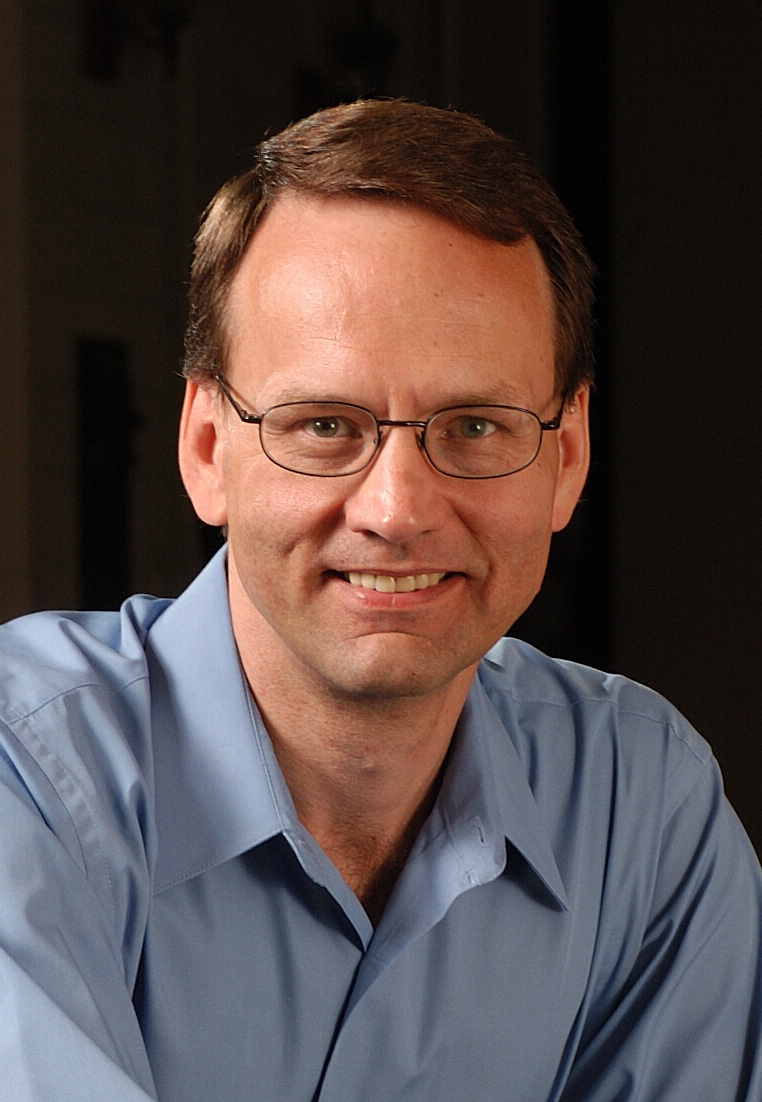Structural Health Monitoring of Civil Infrastructure: From Research to Engineering Practice
Structural & Geotechnical Engineering Seminar Series
Structural Health Monitoring of Civil Infrastructure:
from Research to Engineering Practice
Abstract:
The ability to continuously monitor the integrity of civil infrastructure in real-time offers the opportunity to reduce maintenance and inspection costs, while providing for increased safety to the public. Furthermore, after natural disasters, it is imperative that emergency facilities and evacuation routes, including bridges and highways, be assessed for safety. Addressing all of these issues is the objective of structural health monitoring (SHM). Smart sensors densely distributed over structures can provide rich information for structural health monitoring using their sensing, computational, and wireless communication capabilities. Though smart sensor technology has seen substantial advances during recent years, implementation of smart sensors on full-scale structures has been limited; interdisciplinary efforts to address issues in sensors, networks, and application specific algorithms have only now begun to germinate. Following an overview of these issues, a new paradigm for structural health monitoring employing a network of smart sensors will be presented. Because of its ability to meet the demands of data intensive applications such as SHM, MEMSIC’s Imote2 is adopted for this research. The system is deployed to monitor the Jindo Bridge, a cable-stayed bridge in South Korea with a 344m main span. This project constitutes the world’s largest deployment of wireless sensors to monitor civil infrastructure and signifies a new paradigm for structural health monitoring that is leading to dramatic improvements over existing capabilities. A preview of recent efforts toward campaign monitoring of railroad bridges will also be presented.
Bio:
 B.F. Spencer, Jr. received his Ph.D. in theoretical and applied mechanics from the University of Illinois at Urbana-Champaign in 1985. He worked on the faculty at the University of Notre Dame for 17 years before returning to the University of Illinois at Urbana-Champaign, where he currently holds the Nathan M. and Anne M. Newmark Endowed Chair in Civil Engineering and is the Director of the Newmark Structural Engineering Laboratory. His research has been primarily in the areas of smart structures, stochastic fatigue, stochastic computational mechanics, and natural hazard mitigation. He is a Fellow of ASCE, a Foreign Member of the Polish Academy of Sciences, the North American Editor in Chief of Smart Structures and Systems, and the past president of the Asia-Pacific Network of Centers for Research in Smart Structures Technology.
B.F. Spencer, Jr. received his Ph.D. in theoretical and applied mechanics from the University of Illinois at Urbana-Champaign in 1985. He worked on the faculty at the University of Notre Dame for 17 years before returning to the University of Illinois at Urbana-Champaign, where he currently holds the Nathan M. and Anne M. Newmark Endowed Chair in Civil Engineering and is the Director of the Newmark Structural Engineering Laboratory. His research has been primarily in the areas of smart structures, stochastic fatigue, stochastic computational mechanics, and natural hazard mitigation. He is a Fellow of ASCE, a Foreign Member of the Polish Academy of Sciences, the North American Editor in Chief of Smart Structures and Systems, and the past president of the Asia-Pacific Network of Centers for Research in Smart Structures Technology.Share
Related Content
| Attachment | Size |
|---|---|
| 112.88 KB |
Upcoming Events
-
MSE 298 Seminar: Intelligent Learning Strategies for Thermal Science in the AI Era
-
CBE 298: Development and Understanding of New Concept Catalytic Materials for Environmental Applications
-
CEE Ph.D. Defense Announcement: Tracking COVID-19 in Low Population Communities through Wastewater Surveillance
-
CEE Seminar: Uncertainty in the Vulnerability of Metro Transit Networks - A Global Perspective on Infrastructure Resilience
-
UCI CEE FALL MIXER - 2025
